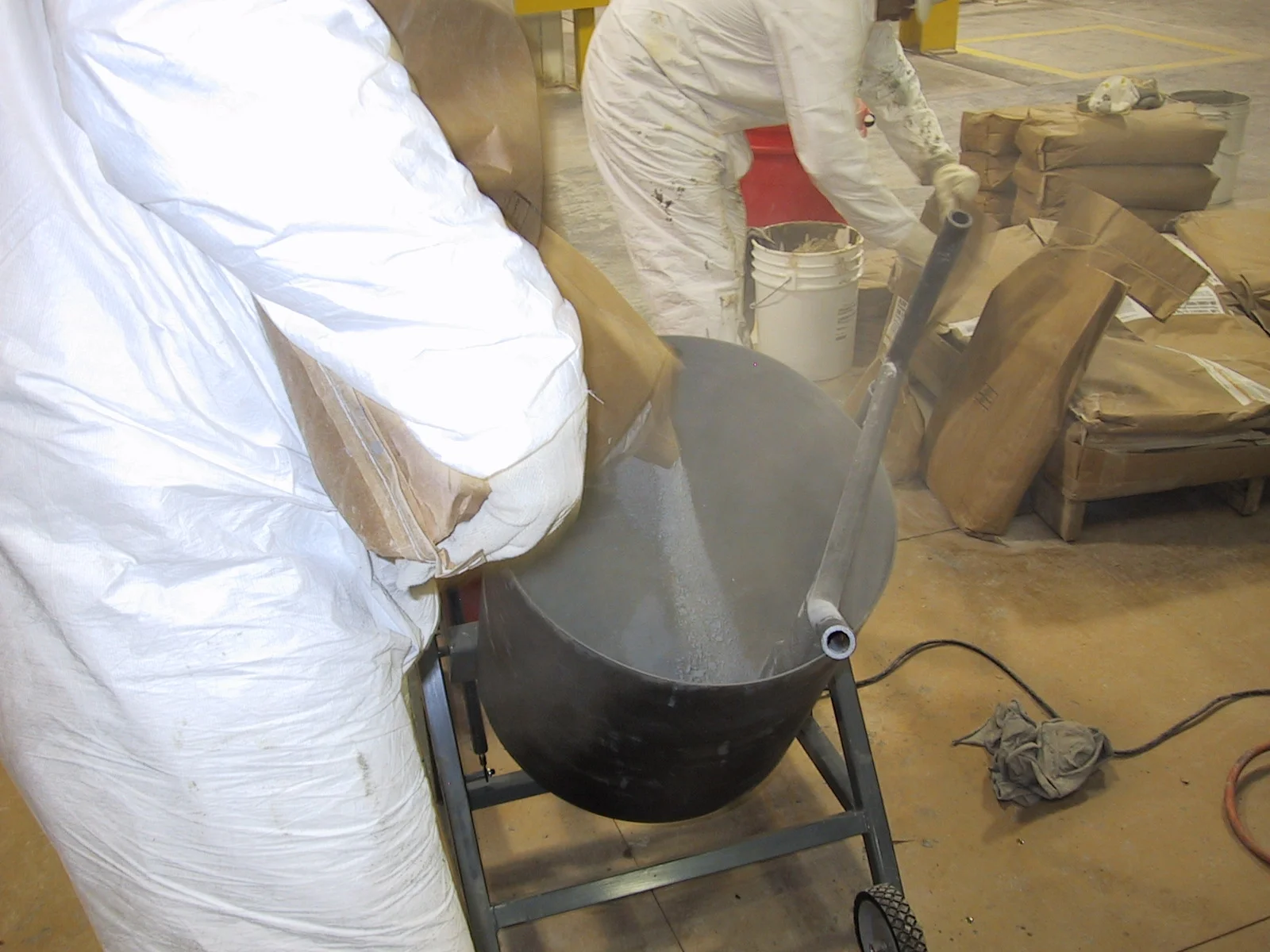ABOUT
An array of unique characteristics found in food processing plants affect the requirements of the flooring materials used in those types of facilities. Dairies, bakeries, meat processing, poultry processing, etc. all have some similar challenges and some are unique to each industry. Our flooring products are tailored to meet safety guidelines, government standards, deal with the stress of heavy equipment, handle the individual physical environments & temperatures in each type of facility, provide the desired aesthetic and all in a cost-effective manner.
Wet processing areas need products that can handle not only the “wet” but also the oils and chemicals that may be used. For example, special consideration must be taken to combat the effects of vegetable oil used in a bakery or the chemical reactions of sodas or other ingredients. Wet floors are common in dairies due to milk and other dairy products and also in meat processing plants due to all the residue in the butchering process. Non-slip flooring is vital for preventing the costly slip-and-fall accidents due to wet floors that every company wants to avoid.
We have a flooring product right for the temperature extremes in the food processing industry. From the intense heat in a commercial oven area to the cold temperatures in coolers and freezers, we can supply a product that will withstand the temps and the thermal shock caused by temperature variations. Additionally, our products will cure quickly after application shortening maintenance down time in those areas.
Dry storage rooms require non-dusting features to help prevent the possibility of explosion due to combustible dust, such as caused by flour stored in an industrial bakery. We have products designed to minimize the static electricity that can be generated in those areas.
Hygienic conditions are so important in your food processing plant, especially for meat and poultry. Flooring is needed with the anti-microbial properties that can prevent bacteria from growing and hold up to the heavy steam cleaning used to prevent contamination from the effects of animal fats and meat by-products. Cleanliness is money and we can recommend the correct flooring product to best help you achieve appropriate hygiene levels. Stringent government standards apply to all food processing plants in the U.S. and our goal is to help you meet or exceed those standards. We know how hard-hitting the cost of a forced shut-down is and using the correct flooring product will help avoid that scenario.
Our job is to help you save your maintenance dollars by using the correct product that will avoid chipping, be thermal-shock resistant, anti-slip, low odor, and strong enough to withstand the abuse from constant forklift and heavy industrial cart traffic. We can even make them look pretty!
Contact us for more information or a personalized quote for your food process flooring project.
FAQs
I had trouble on a floor with blistering and the flooring material we used disbonded. What causes this problem?
It could have been too much moisture transmitting through your concrete. This is one of the top causes of flooring failures. There is always some moisture in concrete but knowing how much is in your floor in comparison to the acceptable amount of vapor transmission is vital to preventing the failure of your application. ASTM F 1869-16 provides a standard for use of anhydrous calcium chloride when testing dryness of concrete. Another standard, ASTM F 2170-16 involves measuring relative humidity levels inside of the concrete slab and then, recommending based on the suitability of the slab for the installation of resilient floor coverings depended on the results. ASTM F 1869 states that moisture vapor emission should not exceed 3 pounds per 1,000 square feet per 24 hours, unless otherwise specified by the flooring or adhesive manufacturer. The standard continues by stating that relative humidity inside of a concrete slab should not exceed 75%, per ASTM F 2170, unless specified otherwise by the manufacturer.
How do we prepare our surface to ensure the floor application in a food processing plant is successful?
Foresight is always better than hindsight. Initially preparing the floor correctly will help prevent costly mistakes, even possibly having to do a complete replacement. Steel shot abrasion in a mechanical application style is a good method in many circumstances. This process of preparation will leave a smooth, consistent surface ready for your flooring product as well as removing the alkaline laitance. This partially hydrated cement on the surface, the source of dusting causes the floor coating to fail to adhere to a solid surface. In some cases where this method is not allowed, water blasting may be an alternate preparation. Properly removing existing oil and fat spills or stains may also be necessary and accomplished with an appropriate de-greaser.
Is acid etching a good way to rid the existing cement floor of old grease or oils before doing flooring replacement or repair?
Acid etching is not designed to clean or degrease your concrete floor and cannot be used to remove animal vegetable oil or petroleum based spills.
What part does thermal shock play in food processing plant floors?
Clean up of the blood, fats, oils and chemicals inherent to food processing are part of the daily maintenance routine. Many plants operate at cooler ambient room temps. Steam cleaning and using water heated to 180 degrees or higher temperatures can subject the floor to crack or cause delamination from the substrate. Resistance to thermal shock is a vital component to consider when choosing the right product to resist those severe temperature variations.
How do I choose the right chemical resistant product?
There are a lot of factors involved and relying on our expertise and experience to recommend the right product for you is part of what makes our service unique. Product chemical resistance guides are available for our products and we consider the exposure to equipment or mechanical abuse, immersion or spillage rates, varying temperatures, substrate type and condition among other things before choosing the correct material for your specific job.








